Scientists have spent a lot of time trying to explain the secret behind humans' ability to eat spicy food.
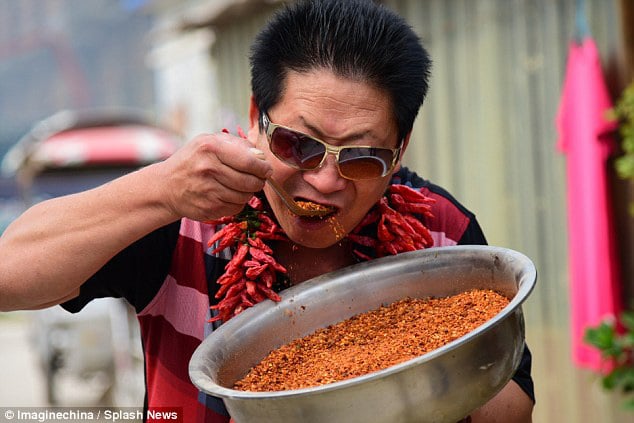
Li Yongzhi, from Henan province, China, amazes with his ability to eat spicy food - Photo: Imaginechina/Splash News
A recent article in Cambridge University's Varsity magazine shares interesting information about humans' ability to eat spicy food.
First, let's understand what makes food "spicy." The different sensations of spiciness—burning, tingling, sharp, warm—actually come from different sources and chemicals.
For example, chili peppers contain capsaicin, which creates a burning sensation, while the hydroxy-alpha sanshool in Sichuan pepper causes a numbing sensation.
Each of these chemicals acts on different protein receptors in the nerves in the tongue, causing different pain sensations along with attractive features like salivation, runny nose, and tearing.
But why are some people good at spicy food and others terrible at it? Consider the case of chili peppers and capsaicin, and you might find some reasons.
First, scientists blame genes.
Specifically, capsaicin acts on the TRPV1 receptor on pain-sensing nerve cells. Small differences in the gene (called mutations) between individuals can alter the sensitivity of this receptor to capsaicin.
Capsaicin binds to a specific part of the TRPV1 receptor to activate the nerve. A change in the amino acid in this region can reduce sensitivity, meaning a lower concentration of capsaicin is needed to produce a response.
According to research by Outi Törnwall from the Department of Food and Environmental Sciences, University of Helsinki (Finland), genetics can explain 15-58% of the difference in the level of enjoyment of spicy food. The remaining 42-85% depends on other factors.
The next reason is culture. A study at the University of Pennsylvania (USA) explored how culture and social norms affect spicy tolerance.
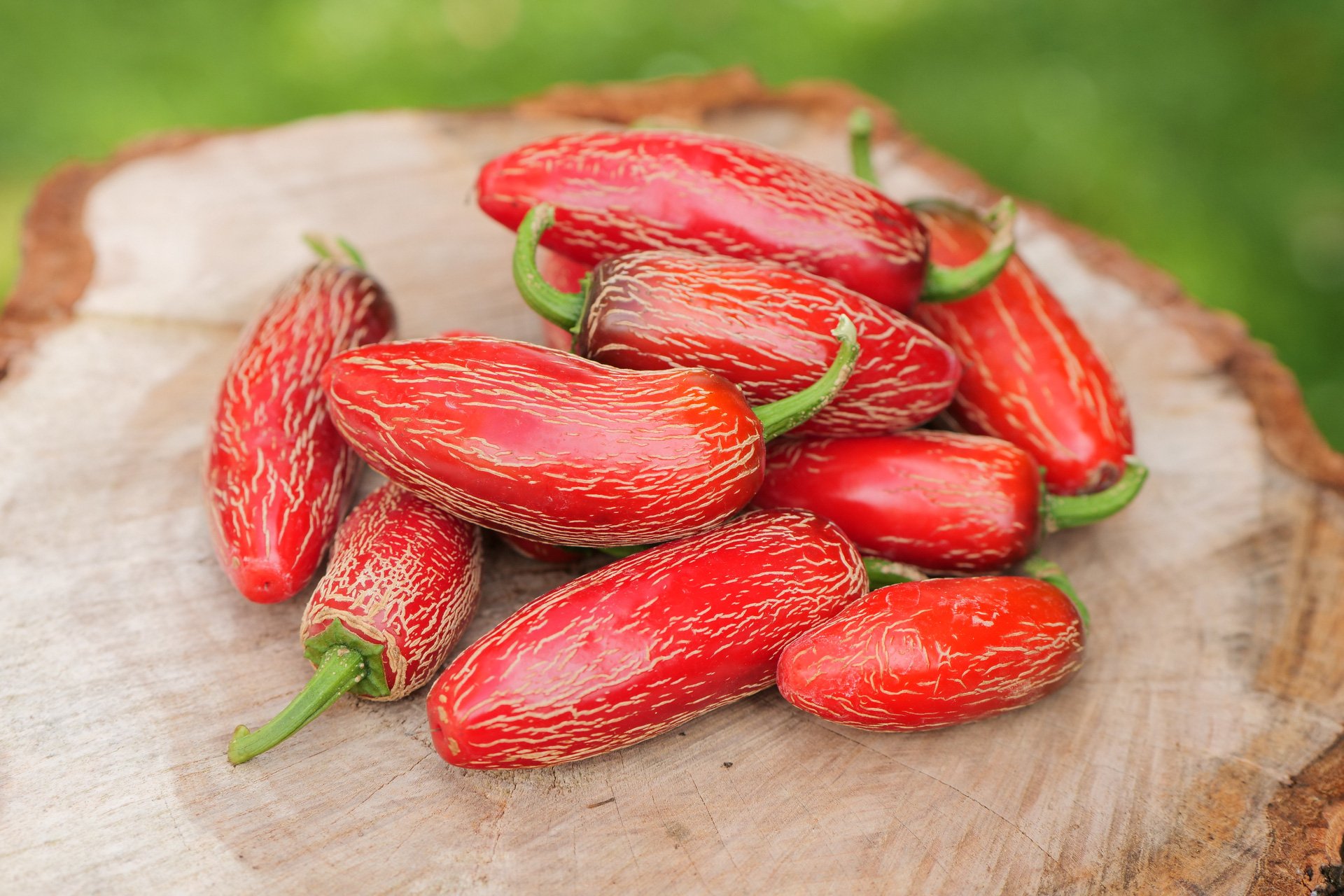
Extremely spicy chili peppers in Zapotec village (Mexico) - Photo: GRC
This study interviewed and observed 125 people in a traditional Zapotec village in Mexico, where everyone aged 6 and older ate three meals a day containing chili peppers.
At the same time, 56 Americans - who on average eat spicy food only 2.62 times a week - were also surveyed similarly.
The results showed that all participants felt the same burning sensation.
However, people who regularly eat chili peppers enjoy the sensation more. They form a stronger connection between pain and pleasure, called "hedonistic transfer."
In many cultures, eating chili peppers is also considered a symbol of strength, courage and masculinity.
Age and experience also play big roles in spice tolerance.
Typically, younger people find spicy foods more pungent due to heightened sensory sensitivity. Conversely, older people who have eaten spicy foods for a long time may be less sensitive to capsaicin due to the loss of pain receptors after long-term exposure.
In addition, people who eat spicy food regularly also get used to this feeling thanks to the mechanism of reduced receptor sensitivity.
Long-term exposure to capsaicin causes TRPV1 receptors to become less effective or even degenerate, resulting in fewer receptors and reduced sensitivity.
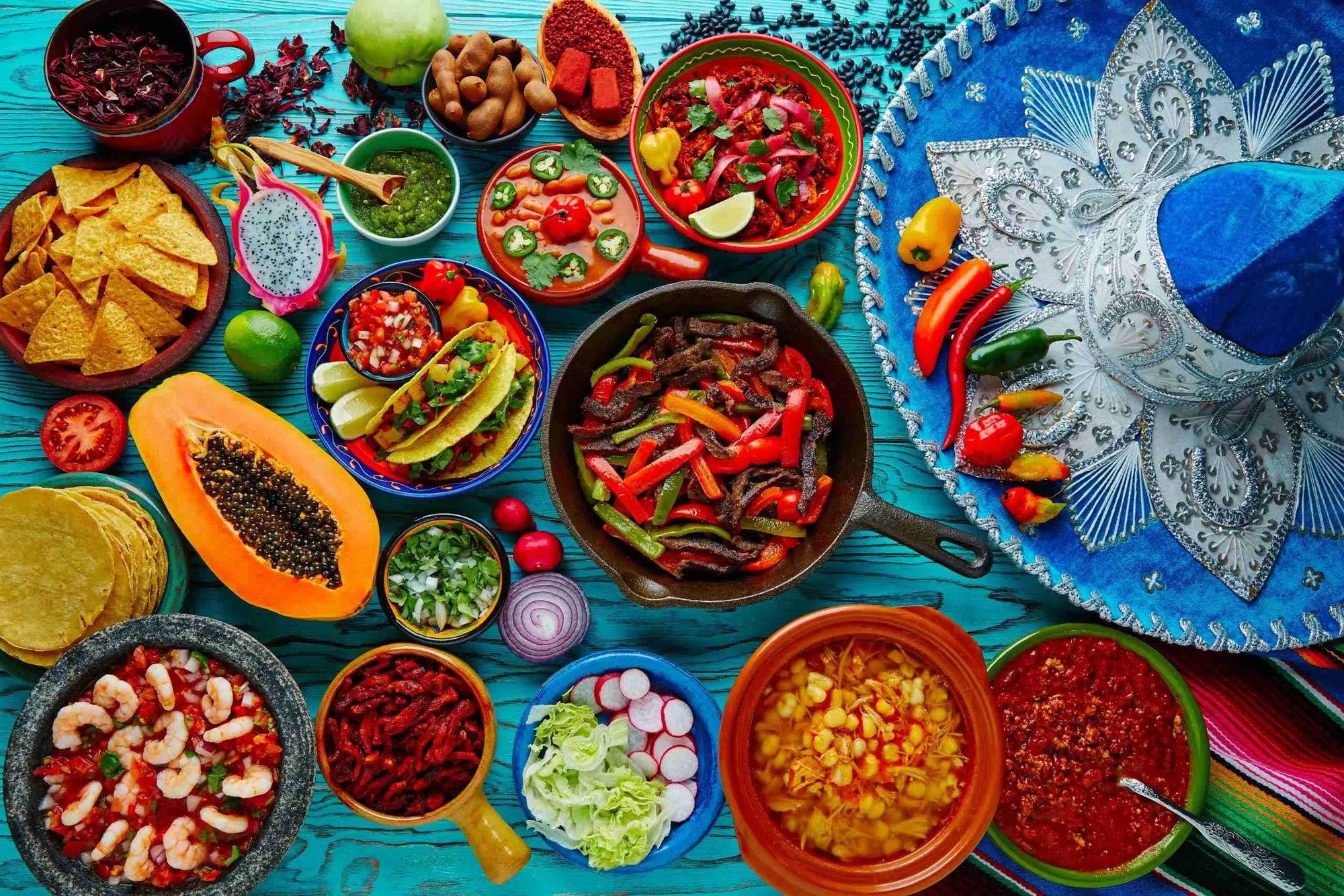
Spicy taste is not classified as one of the basic tastes like sweet, salty, sour, bitter and umami - Photo: MELINDA'S FOOD
Eating spicy food is beneficial but should be done in moderation.
Although we often think of spiciness as one of the tastes in food, according to the BBC, spiciness is actually not classified as one of the basic tastes like sweet, salty, sour, bitter and umami.
Instead, the spicy sensation is a response of pain receptors in the mouth to capsaicin, a compound found in chili peppers.
When capsaicin stimulates these receptors, the brain receives a signal similar to that of exposure to high temperatures, resulting in a burning sensation.
In addition to stimulating the taste buds, spicy food also brings many health benefits. Capsaicin in chili peppers has the ability to increase blood circulation, support weight loss, protect the heart and improve the skin.
However, consumption of spicy foods needs to be regulated appropriately to avoid unwanted side effects.
Interestingly, not all animals can taste spicy food.
Birds, for example, are unaffected by capsaicin and can eat chili peppers without feeling the heat. This ability helps them disperse chili seeds in their droppings, aiding the reproduction and spread of chili peppers in the wild.
Source: https://tuoitre.vn/vi-sao-co-nguoi-an-cay-cuc-sieu-nguoi-khong-biet-an-20250110170224799.htm


![[Photo] Solemn funeral of former Vice Chairman of the Council of Ministers Tran Phuong](https://vphoto.vietnam.vn/thumb/1200x675/vietnam/resource/IMAGE/2025/10/24/1761295093441_tang-le-tran-phuong-1998-4576-jpg.webp)
![[Photo] President Luong Cuong chaired the welcoming ceremony and held talks with United Nations Secretary-General Antonio Guterres](https://vphoto.vietnam.vn/thumb/1200x675/vietnam/resource/IMAGE/2025/10/24/1761304699186_ndo_br_1-jpg.webp)

![[Photo] Prime Minister Pham Minh Chinh and South African President Matamela Cyril Ramaphosa attend the business forum](https://vphoto.vietnam.vn/thumb/1200x675/vietnam/resource/IMAGE/2025/10/24/1761302295638_dsc-0409-jpg.webp)

![[Photo] Prime Minister Pham Minh Chinh chairs conference on breakthrough solutions for social housing development](https://vphoto.vietnam.vn/thumb/1200x675/vietnam/resource/IMAGE/2025/10/24/1761294193033_dsc-0146-7834-jpg.webp)






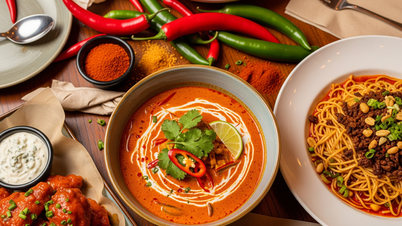


![[Video] Vietnam pioneers in applying AI in healthcare](https://vphoto.vietnam.vn/thumb/402x226/vietnam/resource/IMAGE/2025/10/25/1761354209315_720-jpg.webp)








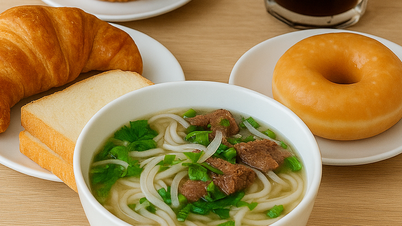































































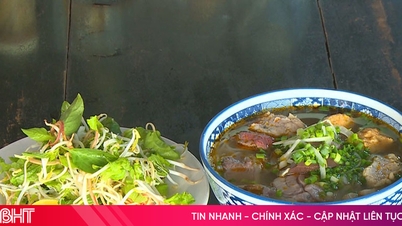



















Comment (0)